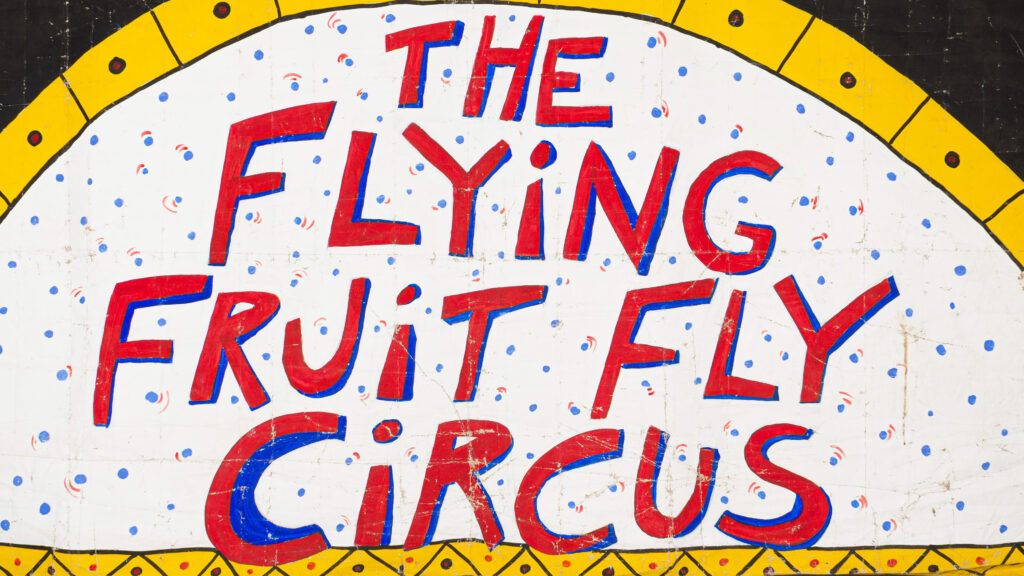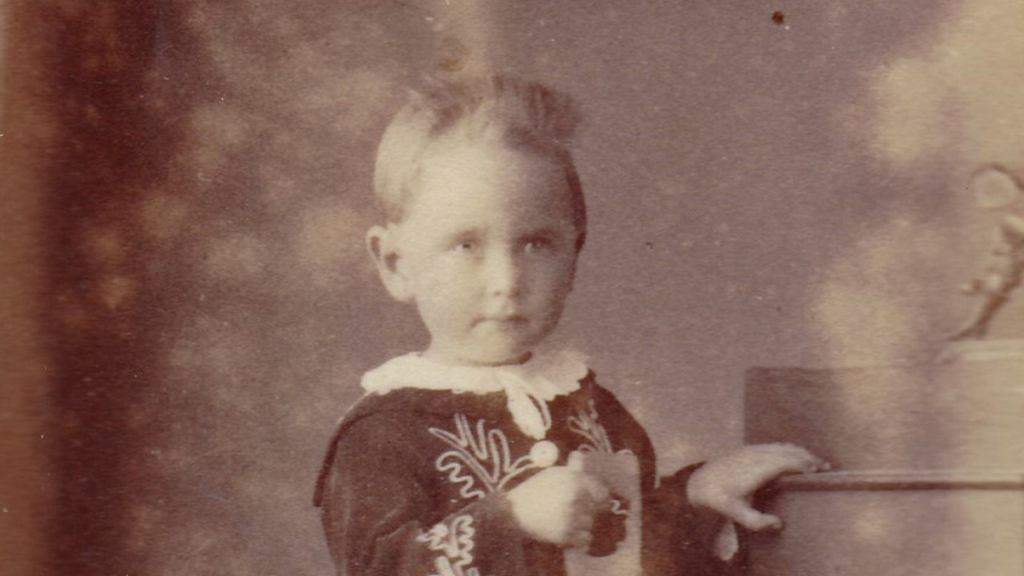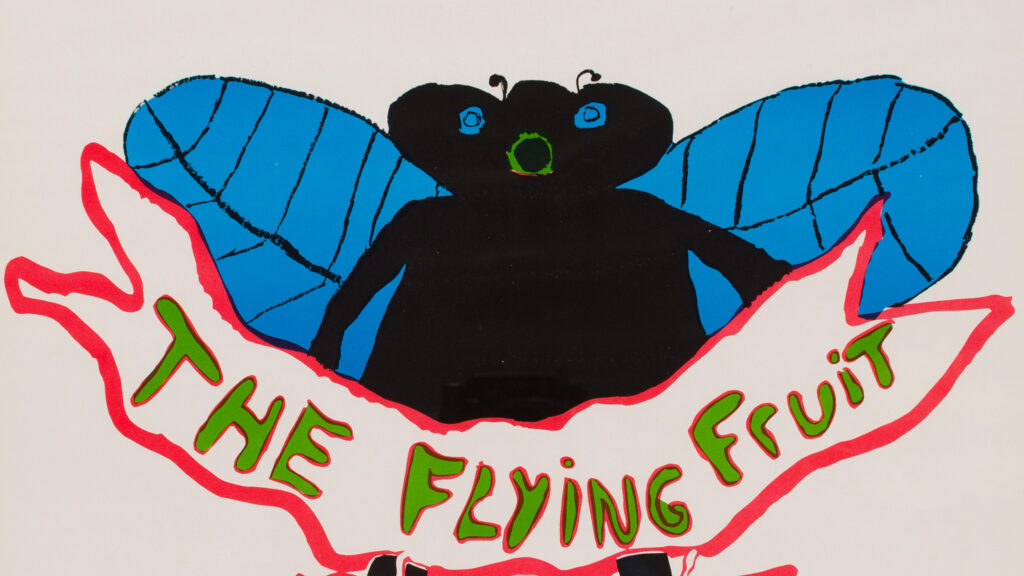
When the Murray River Performing Group began in 1979, it was made up of only nine artists who had dedicated themselves to performing and touring theatrical productions in Albury-Wodonga and throughout the Murray River region. Clearly committed to their goal, within one year the group had managed to perform in over forty venues. However, the […]
Read More…

News of the success of the poliomyelitis (polio) immunisation program would have delighted Dr. Kenneth Starr, a former Medical Superintendent of Newcastle Hospital during the 1930s. Polio was one of the most terrifying diseases to sweep across Australia during the 20th century. Affecting mostly children, in many cases it could cause permanent paralysis and even death. […]
Read More…
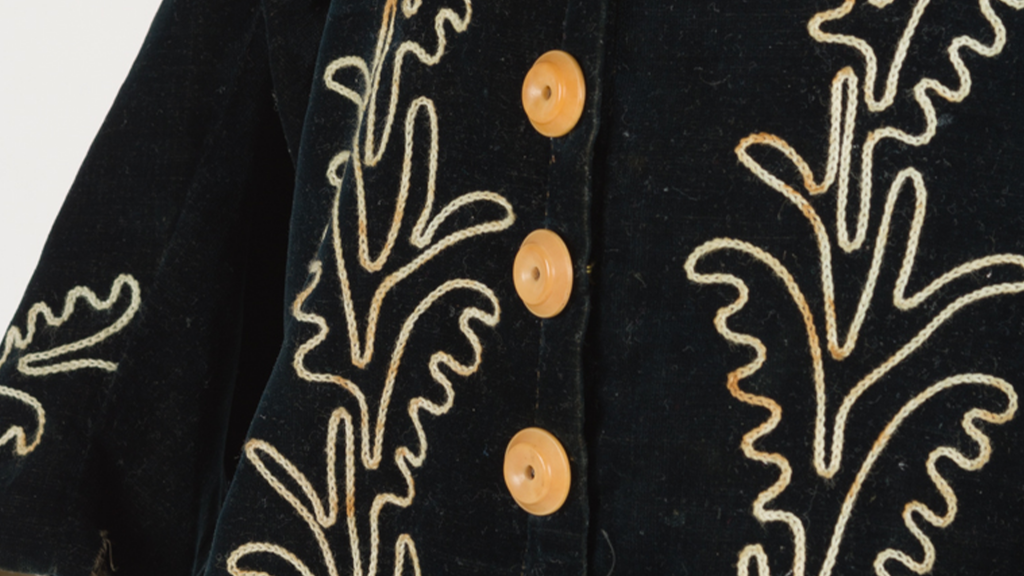
This elaborately embroidered coat was once worn by Gustav (Gus) Friedrich Wagner (1881–1950) and is thought to have been made by his mother, Johanna Hermine (Mina) (1857–1921) in the nineteenth century German style. The coat is made from black cotton velvet with white embroidery and lace trim and bone false buttons. The side view of […]
Read More…
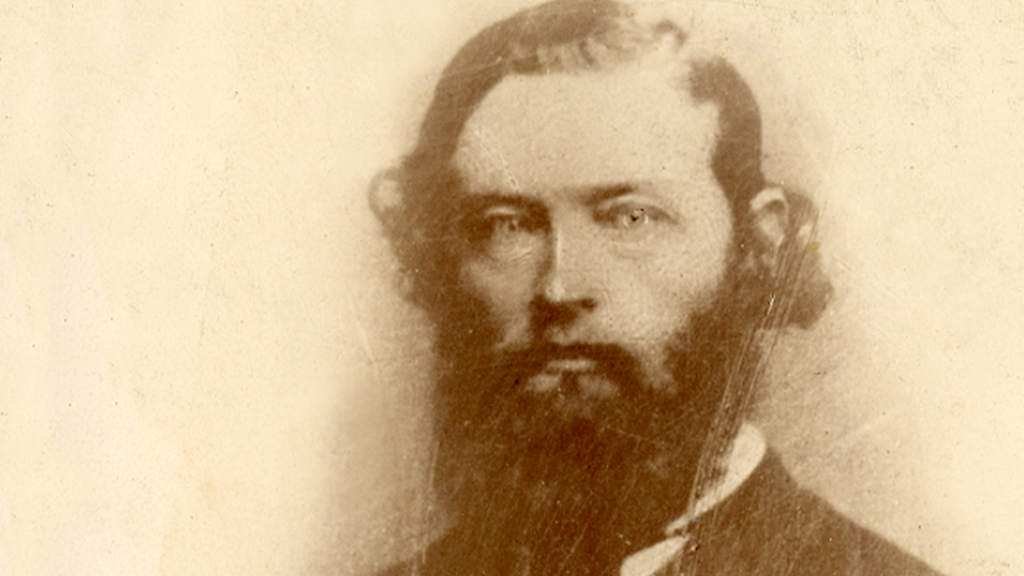
If it possible to ascribe personal characteristics based on a photograph this portrait of Julius Herman Rosler (1825-1914) – known as John – suggests a self-confident man determined to make his mark on the world, something he certainly did. One obituary published upon Rosler’s death was subtitled ‘A Romantic Career’ which somewhat downplays a life […]
Read More…
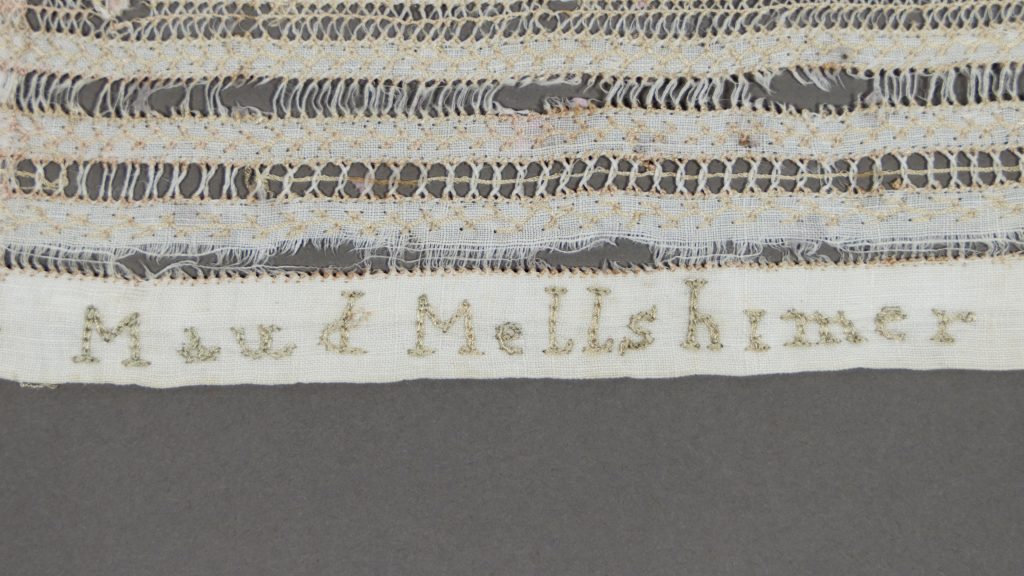
This carefully worked child’s apron was made by the small adept hands of Ada Maud Mellshimer (1888-1970). Ada, who preferred to be called Maud, was the youngest of two girls born to Mary (née Crisp) and George Mellishmer from Ulladulla, on the NSW South Coast. Maude worked the apron when a student at Ulladulla Public […]
Read More…
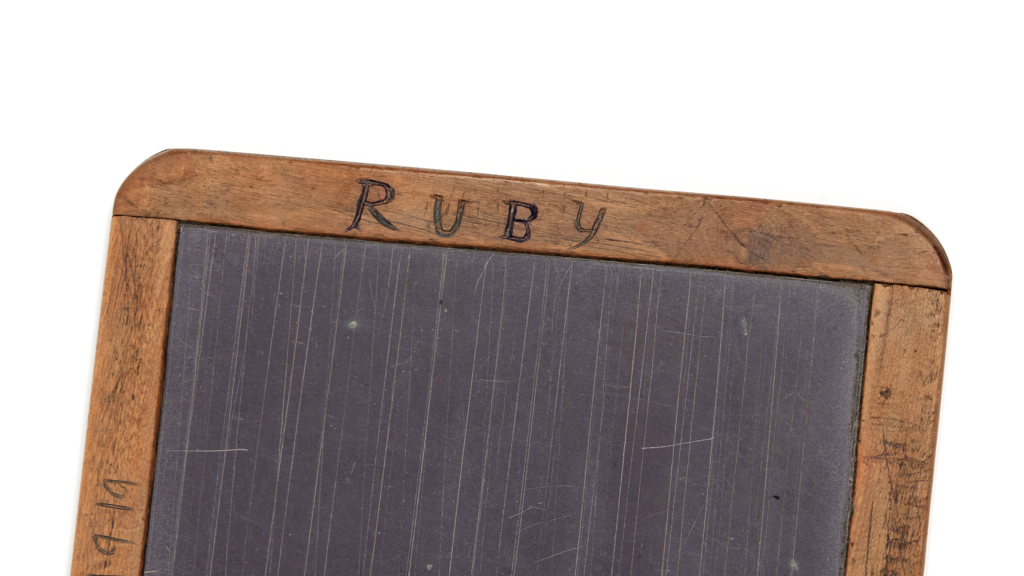
Imagine the scratchy, squeaky sound this slate pencil made against this slate when five-year-old Alice Conway began practicing her writing on it in 1894 in Berry. Amplify that sound, according to the number of children in her school, all writing at different paces and rhythms, and we hear the uncomfortable noise of a typical nineteenth […]
Read More…
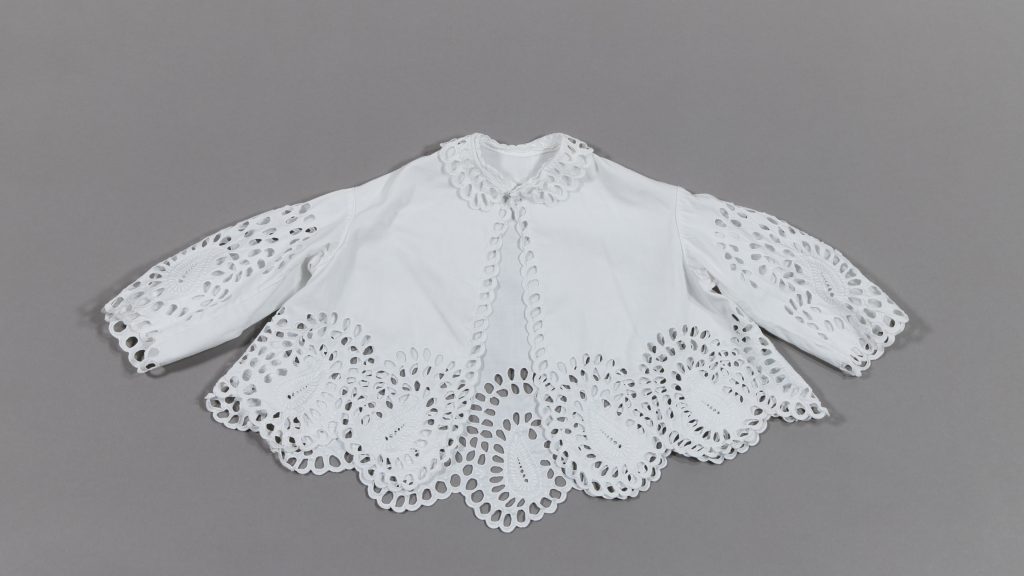
What was thirteen-year-old Irish girl Ann Boyd thinking about as she stood on the deck of the emigrant ship Australia on 8 June 1853, as it sailed into Sydney Harbour and approached Dawes Point to lower its anchor? Accompanied by her parents Mary and Adam, and her eight siblings, Mary might have been impressed by […]
Read More…
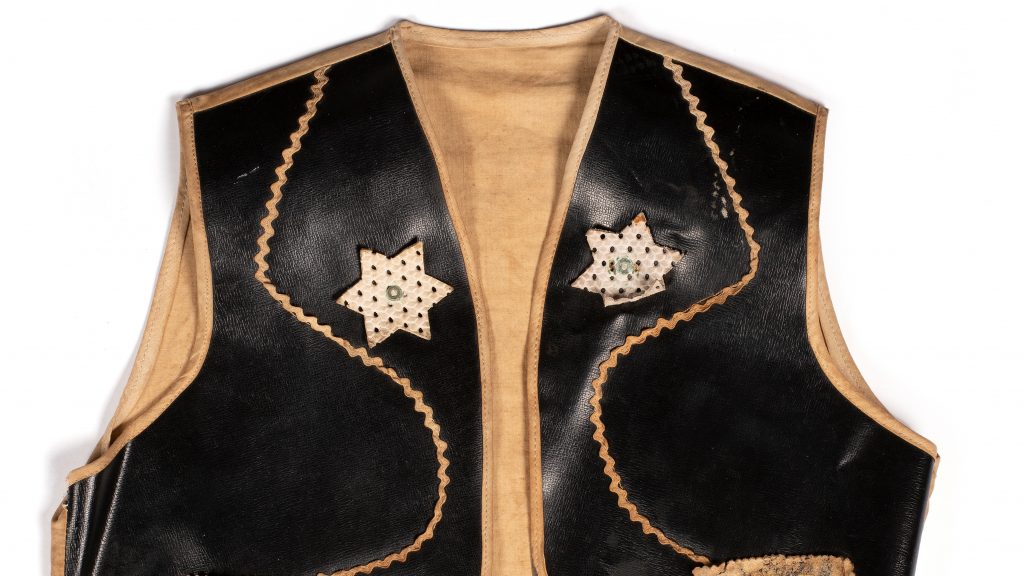
By the age of ten Rocky Cameron (1944-2016) was already an experienced performer. He had ‘cut his teeth’ on the greater-Sydney radio circuit – 2UW, 2KY, 2GB & 2KA – but even with those successes he still felt his nerves swell. Following the introduction of television to Australia, Rocky made it to the stage of […]
Read More…
